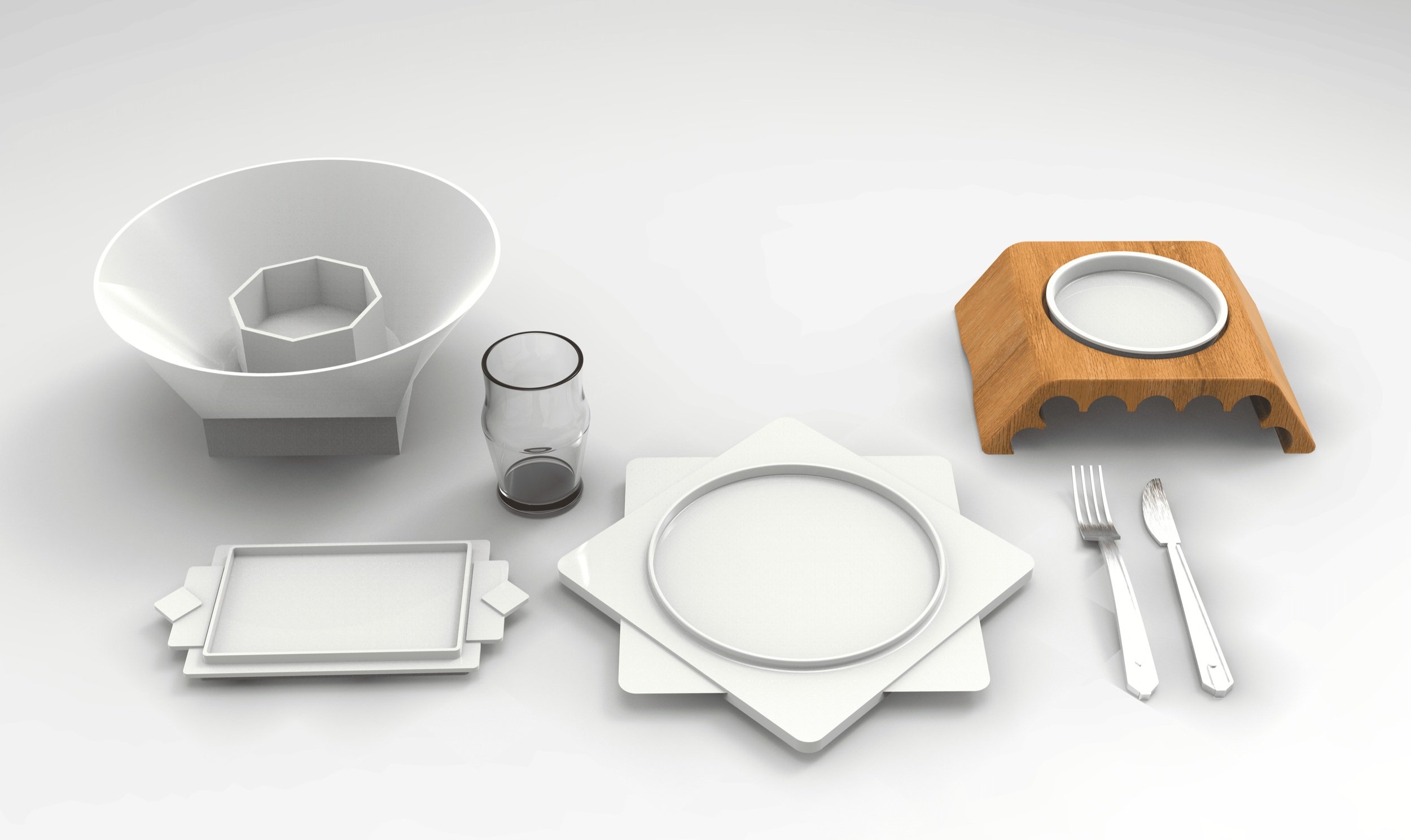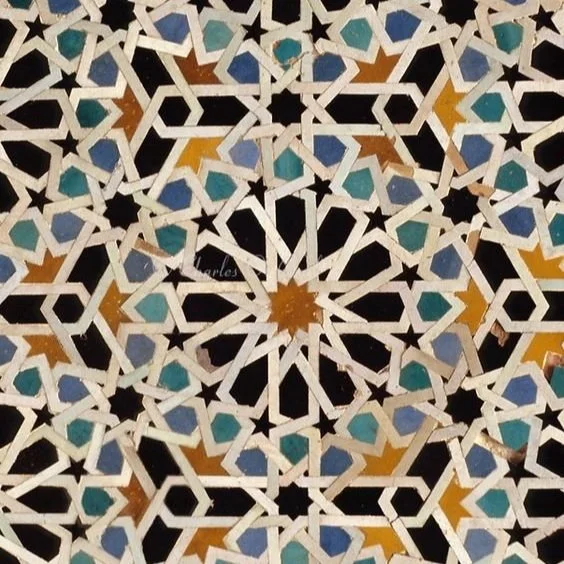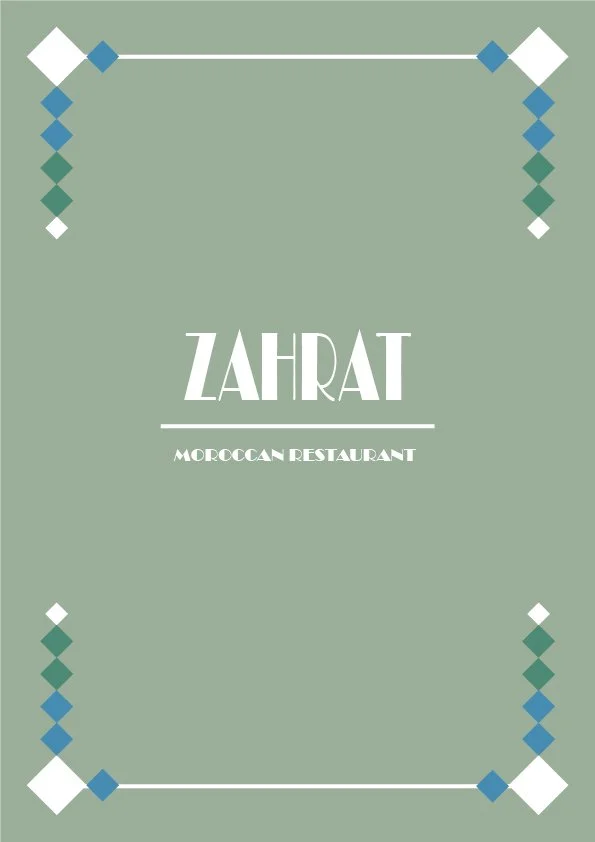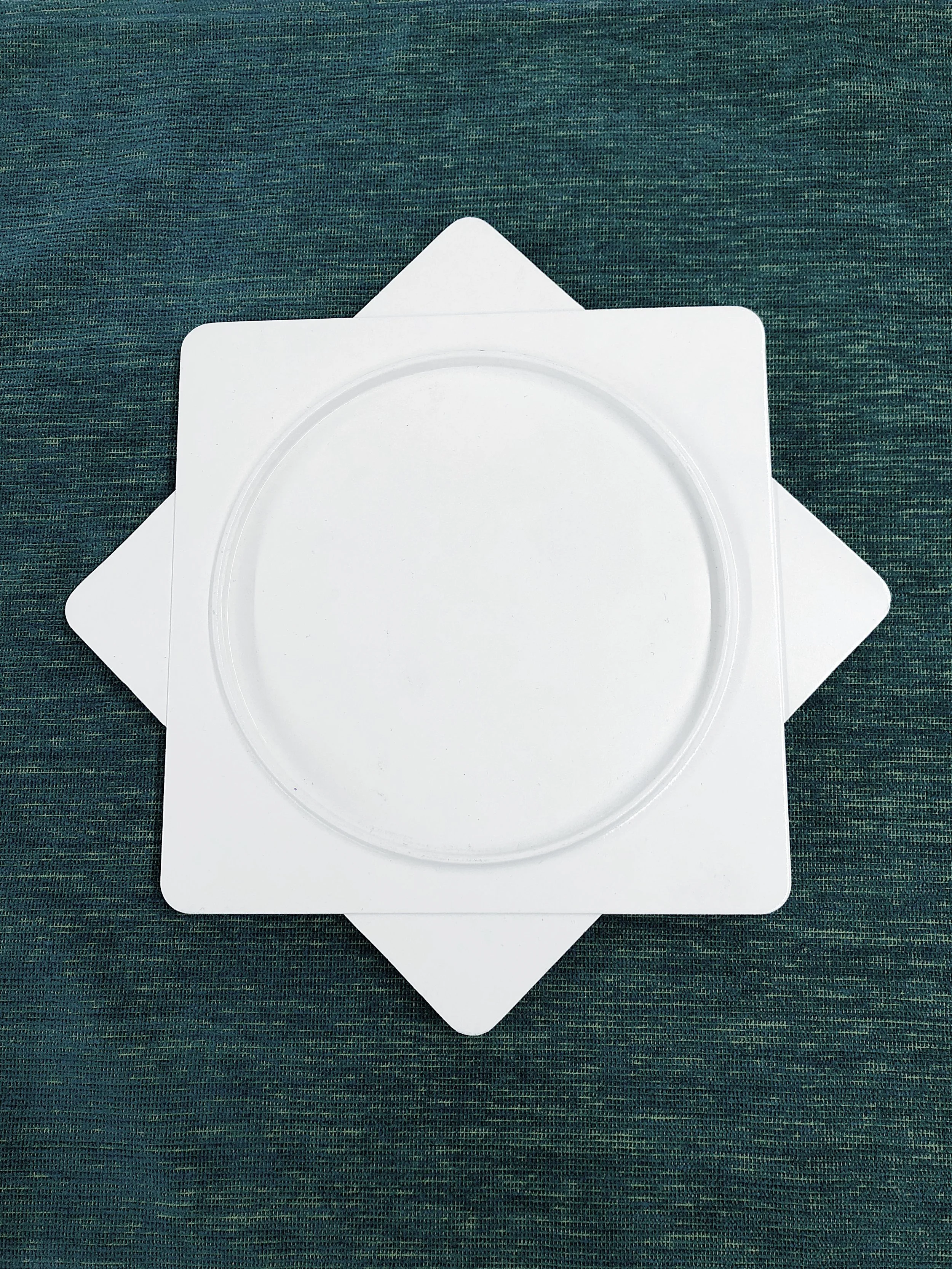
ZAHRAT
— Table top design for Moroccan restaurant
Introduction of this project:
Requirements: To design a set of tableware based on a culture of your choosing, you need to create a minimum of 5 pieces that represent the culture. The set should include a knife and fork or chopsticks. Each tableware should be tied to a specific dish, and using the designed tableware should help present the dish in a unique and culturally relevant way. In addition to the tableware, you should also design an interior map for the restaurant. The interior map should reflect the culture you've chosen and should be designed to create a welcoming and authentic atmosphere for guests. Finally, you'll need to design a menu that features traditional dishes from the culture you've chosen while also providing options for guests with dietary restrictions or preferences. The menu should be designed to appeal to a wide range of diners and should showcase the unique flavors and ingredients of the culture's cuisine.
Keywords: Tabletop design / Culture / Food / Presentation
Researches summary:
History: Morocco was occupied by the Romans and was colonized by the French and the Spanish. In 1956, Morocco gained their independence. Therefore, it’s a place where experience many different cultures, but they also develop their own cultures and pass them on for generations.
Religion: Almost 99% of Moroccan follow the religion of Islam, and with other religions, Islam positively affects the way of living and especially eating in a little part. They can’t eat port, the animal that is already dead. alcohol and blood, as mentioned in the Holly book.
Eating: Most of the time, Moroccan eat with their hands because the prophet Mohamed used to wat with their right hand, and this tradition goes for breakfast, lunch, and dinner. Preparing a Moroccan table, in general, is very easy: a big pot, bread, and forks.
Patterns and designs: One of the most interesting fields in Moroccan culture is art and handcrafting, and there are three major things. First of all, they are known by the name of tiles and mosaics, and the meaning is more artistic, to give a lovely and colorful view that attracts the sight. The second is leather. Fes is the mecca of leather. And there is a famous place called “Dar Dbagh,” which was created more than 900 years with 1200 small pools where the leather gets colored and treated, then it became famous the tourists. Last but not least is copper. Copper has a big status in Moroccan art and hand craft. It has Arabic vibes in it.
Interior Design
The interior of this restaurant is divided into two parts. One is a waiting area where people can sit and wait if there are no empty tables. Then there is the dining area. Most of the tables are for a party of two to four people. Some tables can contain a maximum of ten people. Although Morocco is in Africa, which is hot and dry, there still are many plants. So I want to use some tropical plants in this restaurant as decoration.
Wall
Moroccan tiles are very famous because of its unique style and color combinations. So I wanted to use some tiles on the wall to decorate. The im- age at the right side would be an ideal choice. Colors in this tile example are not very bright, which wouldn’t make people’s eyes easily tired.
Since the wall already has tile designs, I want the floor to be simple. If both the wall and floor have tiles, it would be too much. Using A neutral color in a room could make the individual feel calm and comfortable.
Light
Floor
Brass lights are what Moroccan use the most. For the ceiling I want to use a brass light which has less cutouts, therefore, the lighting would be more centralized. And on each table there would be a small table lamp.
Menu
Drink - Mint Tea
Final Model
Render
Apptizer - Briwat
Render
Final Model
Entree - Tagine
Render
Final Model
Side Dish - Zaalouk
Render
Final Model
Dessert - Orange Cake
Render
Final Model
Tools - Knife & Fork
Render
Final Model
Early Developments




































